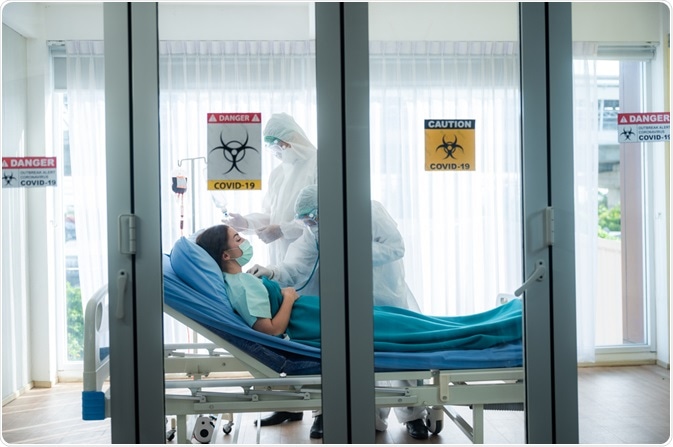120 317 category ic aia.
Positive pressure room guidelines.
A negative pressure isolation room is commonly used for patients with airborne infections.
A respirator is a personal protective device that is worn on the face covers at least the nose and mouth and is used to reduce the wearer s risk of inhaling hazardous airborne particles including dust particles and.
The rooms that are most commonly thought of as critical spaces to pressurize are operating rooms positive pressure and isolation rooms negative pressure.
However table 7 1 in this ashrae standard outlines that there are 60 types of rooms that require pressurization to meet minimum guidelines for patient and staff safety.
Effective positive and negative pressure rooms are an important part of industrial climate control systems.
Loss of positive pressure com promises the aseptic environment within the room.
This will keep any germs from entering the general airflow and infecting other people.
In a hospital patients with communicable diseases especially airborne ones are kept in isolation rooms.
Although covid 19 is currently not considered to be an airborne disease according to the cdc a patient known to have contracted the coronavirus can spread it person to person.
Ensure that the patient s room is designed to maintain positive pressure.
2 classifi cation of isolation rooms 5 2 1 class s standard pressure room 5 2 2 class n negative pressure room 5 2 3 class p positive pressure room 6 2 4 class a alternating pressure negative positive pressure 7 3 isolation room checklist 9 4 number of isolation rooms required 11 4 1 general principles 11 4 2 class s rooms 12.
According to the fgi guidelines the following are examples of rooms in hospitals and outpatient facilities that should be nega tively pressurized with respect to adjacent areas.
Negative pressure isolation rooms.
Positively pressurized rooms are usually the cleanest environments in a hospital.
Use an anteroom to ensure appropriate air balance relationships and provide independent exhaust of contaminated air to the outside or place a hepa filter in the exhaust duct if the return air must be recirculated.
Negative pressure in isolation rooms.
For the exhaust system serving aii rooms the exhaust fan should be located outdoors if possible and be placed as far away from intakes and public areas as practical.
In medical settings these rooms prevent the spread of infectious contaminants and maintain sterile or restricted spaces and are also referred to as protective environments positive pressure rooms and airborne infection isolation rooms aiir negative pressure rooms.
Merv 14 filters are adequate for aii negative pressure rooms and for pe positive pressure rooms when terminal hepa filtration is used at the supply diffusers serving the pe room.
Self closing doors are mandatory for both of these areas to help maintain the correct pressure differential.

